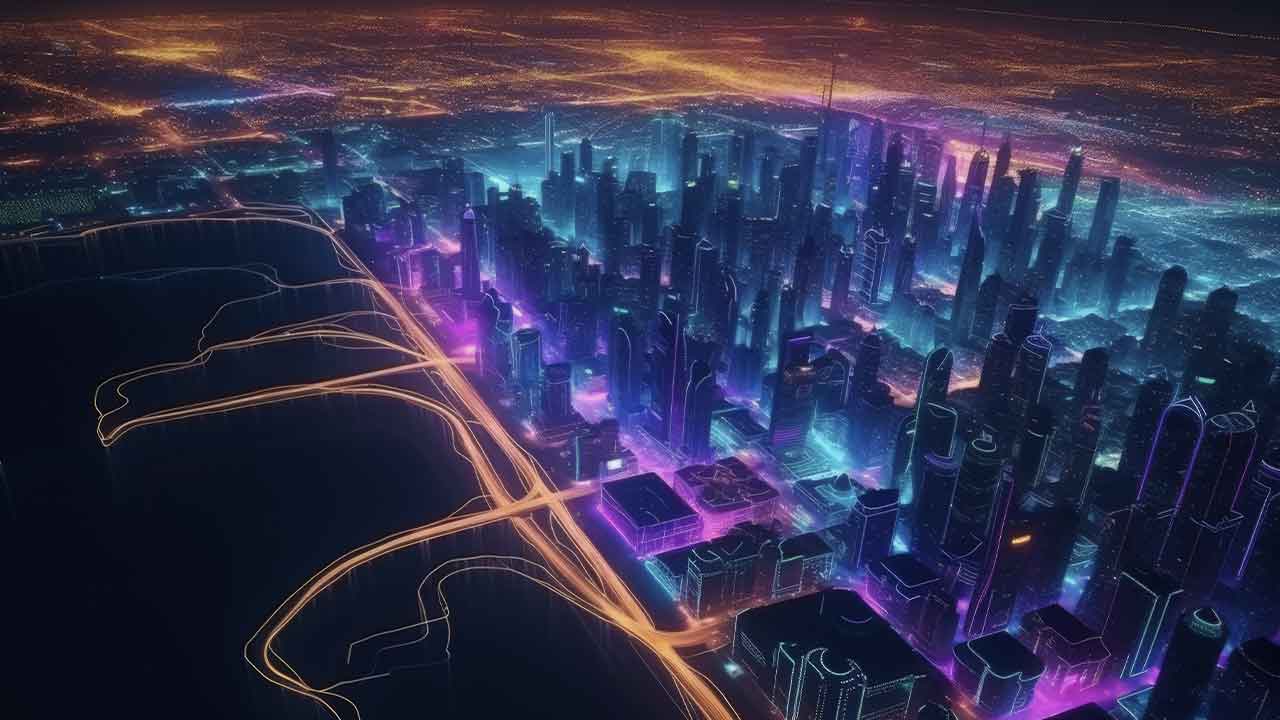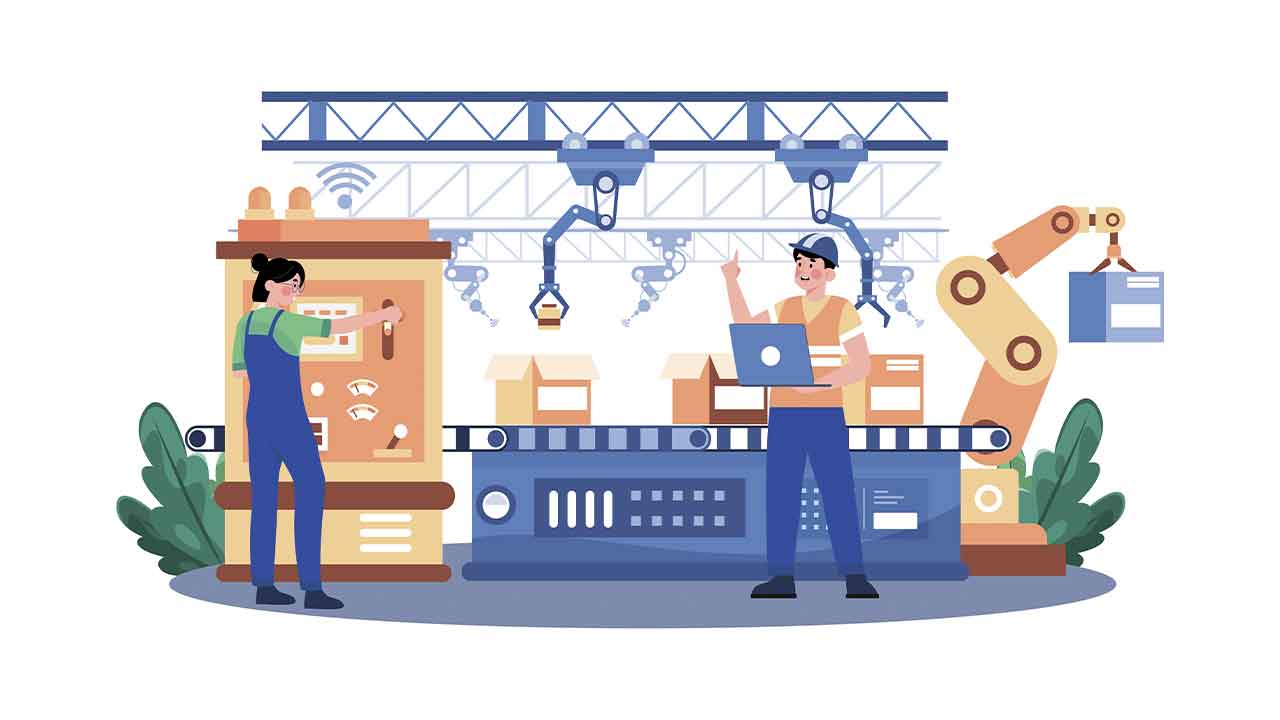Want to beat climate change today? Modernize power plants, digitalize buildings, by law.
While climate change is right at our doorstep, threatening to wreak havoc, radical global action that could make a difference is still missing. Population growth and carbon emissions remain unabated. Cities are expanding at an alarming rate, adding 50 million people per year. By 2050, almost 70 percent of the world population is expected to live in cities, up from 55 percent at present.
What is the answer then? It seems like an insurmountable challenge. But with available technology, you can make decisions today that will positively impact your future and that of generations to come. Knowing what we know about cities today, their impact on the environment, the huge amount of energy buildings and city infrastructure consume, and their carbon footprint, I believe we need to start our journey to carbon neutrality there . And I’m going to focus on energy.
More about Direct Carbon Capture – What is it? How does it work?
Buildings consume more energy than industry or mobility. We eat, sleep, work, shop, and spend most of our leisure time in buildings. Whether they’re skyscrapers or single-unit homes, buildings collectively have an undeniable impact on the environment around us. Consider this: buildings consume more than 40 percent of all energy generated globally. Now, imagine using smart, energy efficient building technologies that can reduce energy consumption by 30 to 40 percent.
Energy you don’t use is energy you don’t have to generate. If less energy is required in buildings, power plants don’t need to produce as much. This will also bring down emissions produced at power plants, as well as the amount of natural resources burned for electricity generation.
So how do we go about realizing this? Legislation is key. We cannot afford to wait for individuals to do the right thing. Pockets of change are insufficient to address such an enormous challenge. Countries, cities, can act boldly and implement legislation that encourages the conversion of existing buildings into energy-saving structures and make sure upcoming ones are built with smart technologies in the first place. There is also a monetary business case for this. We’ve proved that building technology can pay back in two years and help owners achieve savings after that. They also create better environments for people living or working in them. Happier and more productive people build stronger economies, after all.
Most of the buildings we have in the biggest cities globally are the same ones we will inhabit 25 years from now. There’s a strong case for retrofitting them with technology that can achieve energy savings, such as sensors and building management systems. We’ve implemented this with many of our customers globally and have seen impressive results in the world’s top sustainable buildings. It is possible and within reach, if we can create awareness and understanding that smart building technology must become a central pillar of national energy strategies.
But it’s not only about buildings. We can apply the same concept to power plants. While the share of renewables is increasing globally, fossil fuels are still expected to make up a large percentage of the energy mix while we transition to cleaner energy. Therefore, making power plants that run on fossil fuels more efficient is also key. By modernizing power plants and replacing old turbines with new, highly-energy efficient ones, we can make a big difference to fossil fuel consumption and the production of emissions.
We now have gas turbine technology that can generate electricity at efficiency levels of more than 63 percent. Yet, in many countries around the world, we still have ageing power plants operating at efficiencies of 40 percent or lower. Energy efficiency refers to using less fuel to achieve more power. At a gas power plant with 63 percent efficiency, 63 percent of the gas used in power production creates electricity, while the rest is converted to heat. This can paint a clear picture of the savings we can achieve on various fronts. As with buildings, there’s a clear business case for energy efficiency. We can get more from the finite resources we have such as oil and gas, while reducing emissions and fuel costs endured by governments. Egypt is a great example, where the government now saves $1.3 billion in fuel costs annually, thanks to energy-efficient power plants.
As with buildings, reductions in emissions from power plants is also attainable today. To achieve significant results, we need to implement this on a large scale, and bring in legislation to do away with low-efficiency and polluting power plants.
Making this world inhabitable and sustainable for the 9.8 billion people we expect to populate it by 2050 is a big feat, but one we can accomplish together. By bringing together know-how from the private sector and public legislation to implement new technologies, the journey to combatting climate change has already started. Will you join us?
More about Industrial IoT Law and Regulatory Aspects
![]() This article was written by Dietmar Siersdorfer, CEO of Siemens Middle East as well as Siemens LLC United Arab Emirates since December 2013, and CEO of the Energy Sector in the Middle East, since June 2008. Based in the United Arab Emirates, Siersdorfer joined Siemens in 1987 in Mannheim, Germany, as an electrical engineer and held various managerial positions in the Industry and Energy sectors during his tenure at the company.
This article was written by Dietmar Siersdorfer, CEO of Siemens Middle East as well as Siemens LLC United Arab Emirates since December 2013, and CEO of the Energy Sector in the Middle East, since June 2008. Based in the United Arab Emirates, Siersdorfer joined Siemens in 1987 in Mannheim, Germany, as an electrical engineer and held various managerial positions in the Industry and Energy sectors during his tenure at the company.



